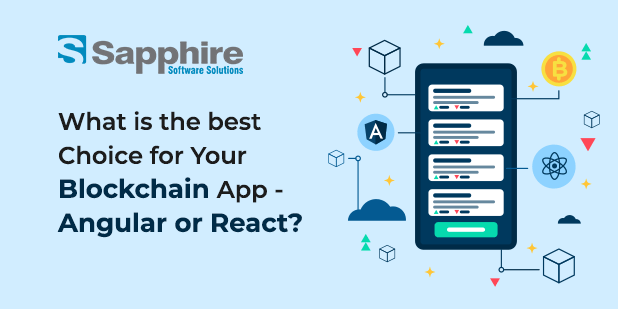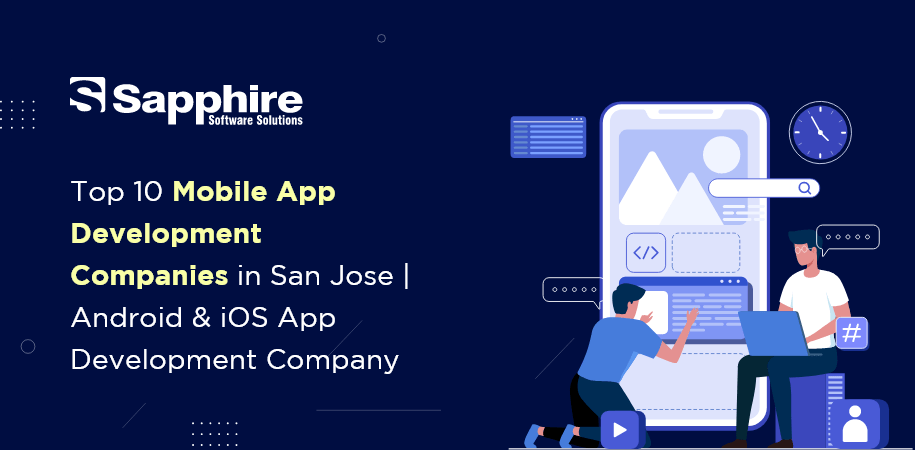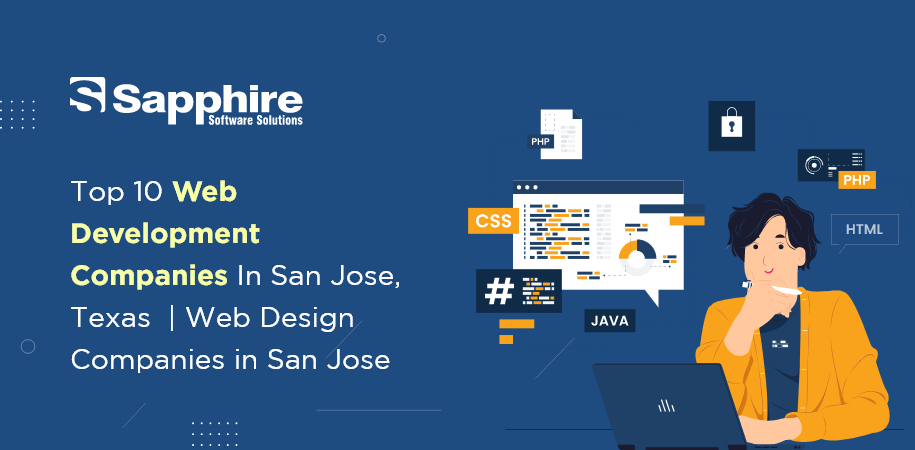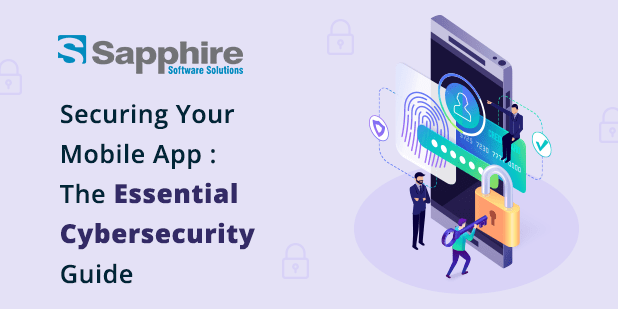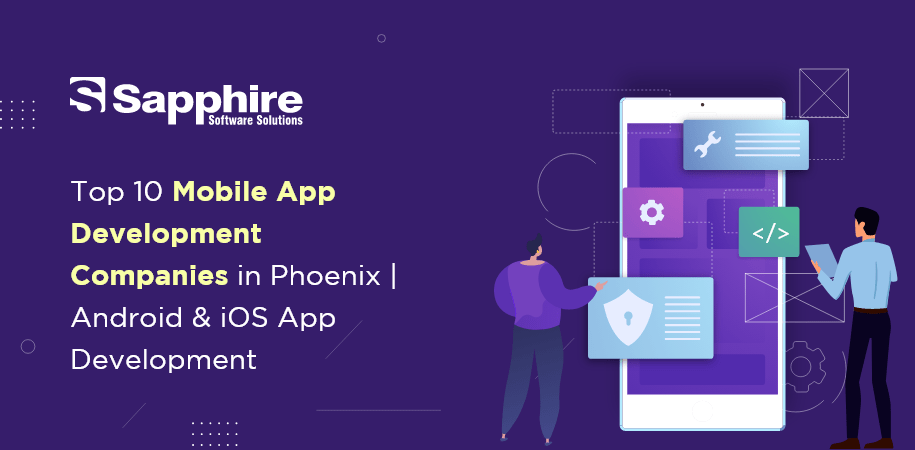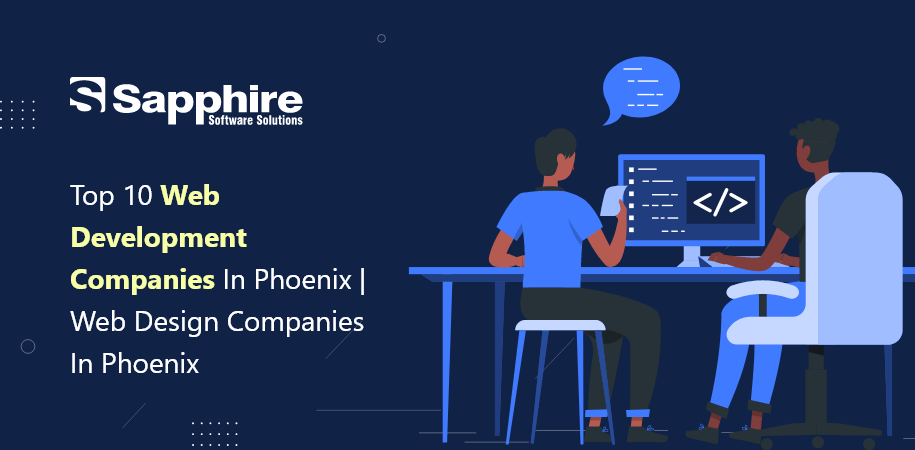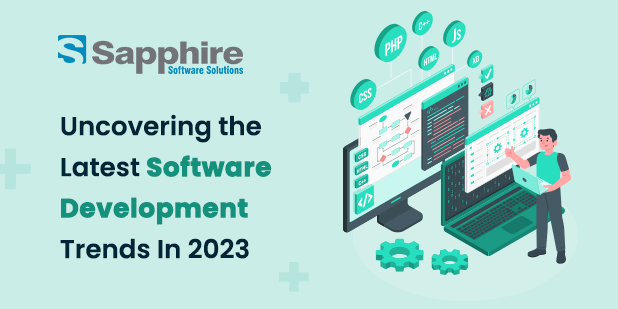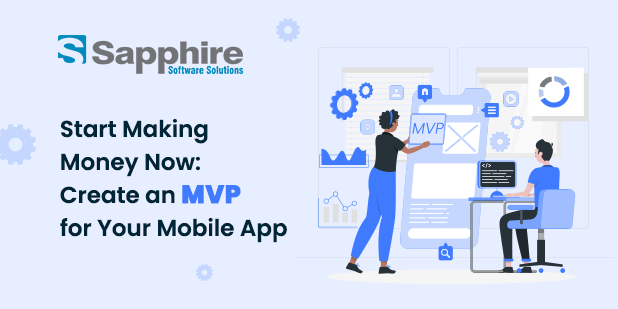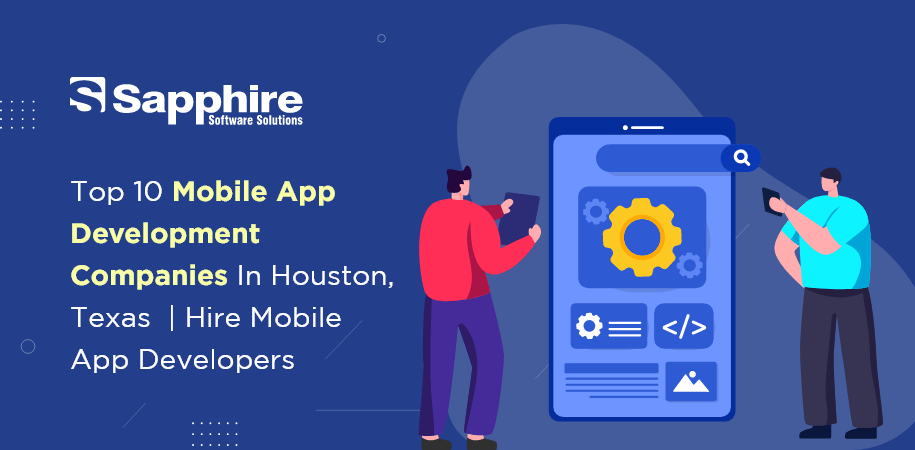Blockchain is a revolutionary technology that has the potential to disrupt a variety of businesses. It enables users to trust one another and trade securely without intermediaries. There currently needs to be an optimum framework for creating a blockchain app since the ecosystem constantly expands and changes. Tech behemoths like Facebook, Instagram, Netflix, and others employ React JS to increase user satisfaction and preserve brand equity. It’s time to examine the advantages of utilizing React and the motivations behind the commercial adoption of Reactjs Development. For the development of blockchain applications, developers are now tossing between Angular and React as their preferred front-end frameworks. For your project, which framework should you choose?Â
In this blog, we’ll look at how Angular and React vary from one another in terms of how they approach developing user interfaces.
What is Angular?
Angular is a front-end framework for constructing declarative, two-way data-binding web applications. It provides many capabilities and is a very effective tool; it is also quite popular and has a robust community and ecosystem.
Angular is a collection of components and a highly opinionated application framework. It includes a great deal of functionality out of the box, such as routing and modules. An application may run out of the box. However, the disadvantage is that you must adhere to the provided framework. You must use every feature. Moreover, if you want to add unique functionality, it may be necessary to rebuild some components.
What is React?
ReactJs is used for more than just creating websites; it can also be used to create desktop apps, virtual reality apps, mobile apps, and more. React is a JavaScript package used in website development to create interactive components for UIs (User Interfaces) on websites. It enables you to build intricate user interfaces out of discrete, little chunks of code known as “components.” Although React supports various component types, we’ll start with React. Since it is utilized in both the front end and the back end of websites, full-stack web apps may be created with it. The view library is very modular and emphasizes composition. If you wish to add functionality or features to your application, you can create a separate piece of code and assemble it with the current components. This makes it easy to create new features since there is no need to adhere to a particular structure or modify the current code.
Angular vs React Quick Comparison:
Let’s examine and contrast these two frameworks. The differences between Angular and React are listed below.
Learning Curve:
Angular and React need some time to understand, but React’s approach to single-page applications makes it simpler to grasp since routing is not required. Overall, React has a higher learning curve, but this is because its fundamental principles are more difficult to understand. However, once you get the hang of it, React is far simpler to use. It is also important to note that Angular is more opinionated than React, giving you more freedom.
Performance:
This relies on the app’s needs and other variables, such as the data retrieval mechanism. Angular understands the application’s architecture, allowing it to render just the required page components. React, on the other hand, is a flexible library that allows you to determine what to render, resulting in occasional slowness.
QA Testing:
Since Angular is a complete framework, it includes testing tools. There are testing tools for React. However, they are not integral to the framework. Expect to devote more time and effort to testing React-based applications.
Strengths and weaknesses of Angular vs React
This framework can balance performance and functionality for any popular app—React vs. Angular strengths and disadvantages.
React has several benefits.
React.js apps evolve quickly because developers may use the same code snippet on the client and server sides.
Modular, easy-to-maintain React programming reduces development time and business expenses.
With JavaScript knowledge, React is easy to learn.
This language builds high-performance applications. DOM and server-side rendering make complicated apps fast and efficient.
React’s most significant advantage is reusable components, which save developers time.
Angular has benefits.
Angular’s improved design structure lets developers handle various application components. The function is evident.
AngularJS’ dependency management is crucial. Superior dependency injection.
MVC-based Angular speeds app creation, testing, and maintenance. Speed benefits developers too.
Once you write a component or piece of code for Angular, you may use it elsewhere.
Plug-and-play components may be written and used anywhere.
Use Angular to manage your app’s state, properties, permissions, and other state-related concerns.
Angular and React have several similarities.
There are numerous parallels and differences between React and Angular, but before we examine the differences, let’s evaluate the similarities for a minute.
Popularity:
Both of these technologies are mainly used by developers to create single-page applications. This claims that single-page applications can be created for quicker, more effective digital solutions.
Designing buildings:
Components inside the component-based frameworks of Angular and React may be constantly recycled and reused.
To be well-liked
A large community of developers and tools is available to facilitate a quicker and simpler development process for SPAs built using React or Angular.Â
Given their specialized natures, it should be no surprise that both Angular and React are useful to front-end developers. Its capabilities and adaptability benefit both small- and large-scale apps, enabling creators to assist their works in realizing their full potential.
Which one is faster: Angular or React?
ReactJS runs well.
Angular’s virtual DOM is smaller than React’s. Angular components render slower than React components. React updates and renders quicker. Angular updates DOM locks using dirty checking. According to Chrome Dev Tools, Angular refreshes the DOM when component elements are modified.
AngularJS speed:
Monitoring each binding records any adjustments. Thus, the loop checks all bound values and monitors. It’s tedious. The answer is simple—more bindings produce more monitors.
Angular 14 improved significantly. Thus, Angular outperforms React. Angular and react are still quite different.
A comparison of Angular and React performance
React does not provide bundle file optimization. You receive component clues but verify your package size.
For Code Quality: Angular or React?
Choose a tool based on your focus. React for code quality and maintainability. Angular simplifies workflow.
Personal preference and your team’s familiarity with each technology will influence this selection. Check a few items to assess each framework’s code quality.
Check how thoroughly the framework is tested initially. Test coverage increases code quality. Check the framework size too. Complexity increases with framework size. You may want to use a smaller framework, like React, if you have a big team scattered across several time zones. Angular, a more complicated framework, may be better for a small app with a few developers.
See how well-written each framework’s open-source repos are to assess code quality. This method isn’t scientific, but it may give you an indication of each framework’s code quality.
Compare code maintainability:
Developers’ holy grail is code maintainability. Managing naming conventions and sophisticated code structures in computer files is complex.
React developers like clean code, but it delays production. They can develop correct code for tiny modules. React lets developers separate their code for machines. React lets developers construct reusable components, encouraging code reuse. It lets them quickly render bespoke ReactJS components with unique names.
Maintainable JavaScript in Angular prevents code fragmentation. HTML extensions and component reuse save developers time with Angular.
Do Angular and React development need additional libraries?
Angular’s library supports data binding, component-based routing, project creation, form validation, and dependency injection. Angular is a complete program development kit that doesn’t need libraries.
Code Maintainability: Angular vs React
Unlike React, Angular is an end-to-end solution. Thus, React is a library, and Angular is a framework. If your blockchain app has to connect to a database, use GraphQL as a framework. To integrate all the components, you’ll need to work hard.
However, the Angular development framework includes all of these components. Having everything in one code base makes Angular more challenging. Modifications need many changes. This may complicate code maintenance. React helps.
When your app is in production, you need to make updates rapidly. Since React is a library, each component has its own codebase. This simplifies updates and maintenance.
Remember that your project will likely use both when picking between Angular and React. Few utilize Angular or React alone. Many people create apps using both.
Angular and React have various uses.
AngularJS is suitable for large projects, whereas ReactJS is better for specialized apps.
Popular Angular:
Angular may benefit E-commerce systems, real-time data applications, and user-generated content centers. PayPal has the best checkout mechanism, Upwork is functional, Localities has a great UI, and Forbes, Nike, and HBO are high-quality.
Conclusion:
This is all about the Angular vs. React comparison for Blockchain development. This should clarify the main distinctions between these two popular frameworks and their benefits for blockchain development services. Consider the following elements and your project needs when choosing a framework for your next blockchain development application. If you are looking for blockchain development services, the Sapphire team is just a click away. We are here to transform your Blockchain app idea into a reality.
















